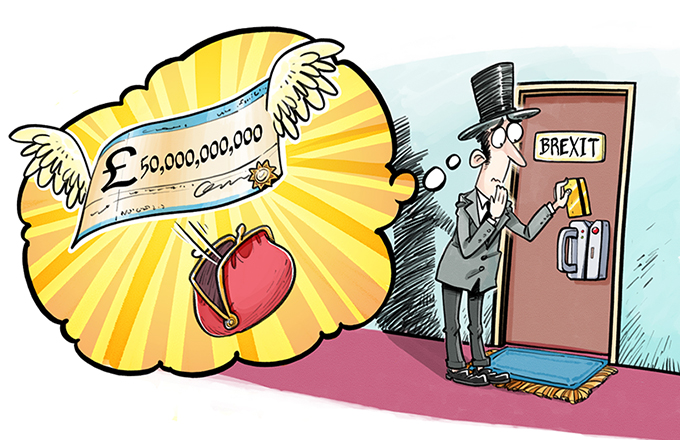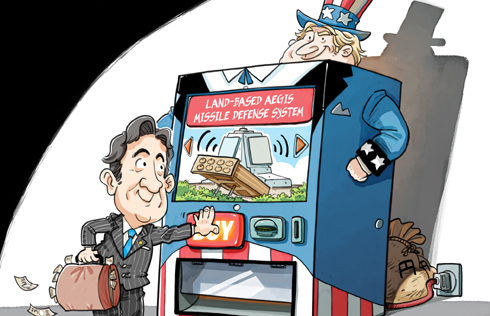On course for sustainable growth
Urbanization also offers huge potential for long-term domestic demand. Of the people living in the countryside, more than 100 million are set to be absorbed into cities over the next decade or so. This will be an extremely complex process of economic and social change, requiring a new policy approach aimed at balanced development. There will be many difficulties, but it is what we must accomplish in order to narrow the urban-rural gap.
The service sector will be an increasingly important pillar of our economy. As the biggest job provider, the sector helps ease employment pressure in economic transformation. The government will improve public services. This year, we have suspended value added tax and sales tax on many small businesses, the majority of which are in the service sector.
Our government has defined the "upper and lower limits" of the reasonable range of economic performance with a view to avoiding excessive fluctuations. With a gross domestic product growth rate of around 7.5 percent, the "lower limit" is intended to ensure steady growth and employment. The moderation of economic growth from the double-digit figures in the past to 9.3 percent in 2011, 7.7 percent in 2012 and then to around 7.5 percent this year, is the result of both natural economics and our readjustment initiatives.
With the consumer price index at around 3.5 percent, the "upper limit" is meant to prevent inflation. If our economy is kept within this reasonable range and financial risks are effectively forestalled, markets and society will have stable expectations. This year there has also been steady economic progress. In the first half of this year, GDP grew by 7.6 percent year-on-year. Surveyed unemployment at around 5 percent and inflation at 2.4 percent are both within the reasonable and manageable range. However, global uncertainties remain.
The anticipation of the withdrawal of quantitative easing by some major developed countries has led to a massive influx of capital back to developed markets and big fluctuations on the stock and currency markets in many Asian countries.
Some observers even worry about a repeat of the Asian financial turmoil of the late 1990s.
In my view, Asian countries have learnt the lessons from the past and significantly enhanced their capabilities to fend off risks. Thanks to more flexible exchange rate regimes, stronger foreign exchange reserves, the Chiang Mai Initiative Multilateralization agreement - a currency swap arrangement - and various bilateral financial arrangements, China is confident that Asian countries are now better placed to cope.
China is still a developing country with a myriad of tasks and challenges. Yet as China's national strength grows steadily, it will assume greater responsibilities and obligations in international affairs commensurate with its own conditions. We will work with other countries to promote global peace and development. I look forward to the day when the world economy returns to good health. In the meantime, the upgrading of the Chinese economy will give fresh impetus to the global economy.
(China Daily 09/10/2013 page8)



















